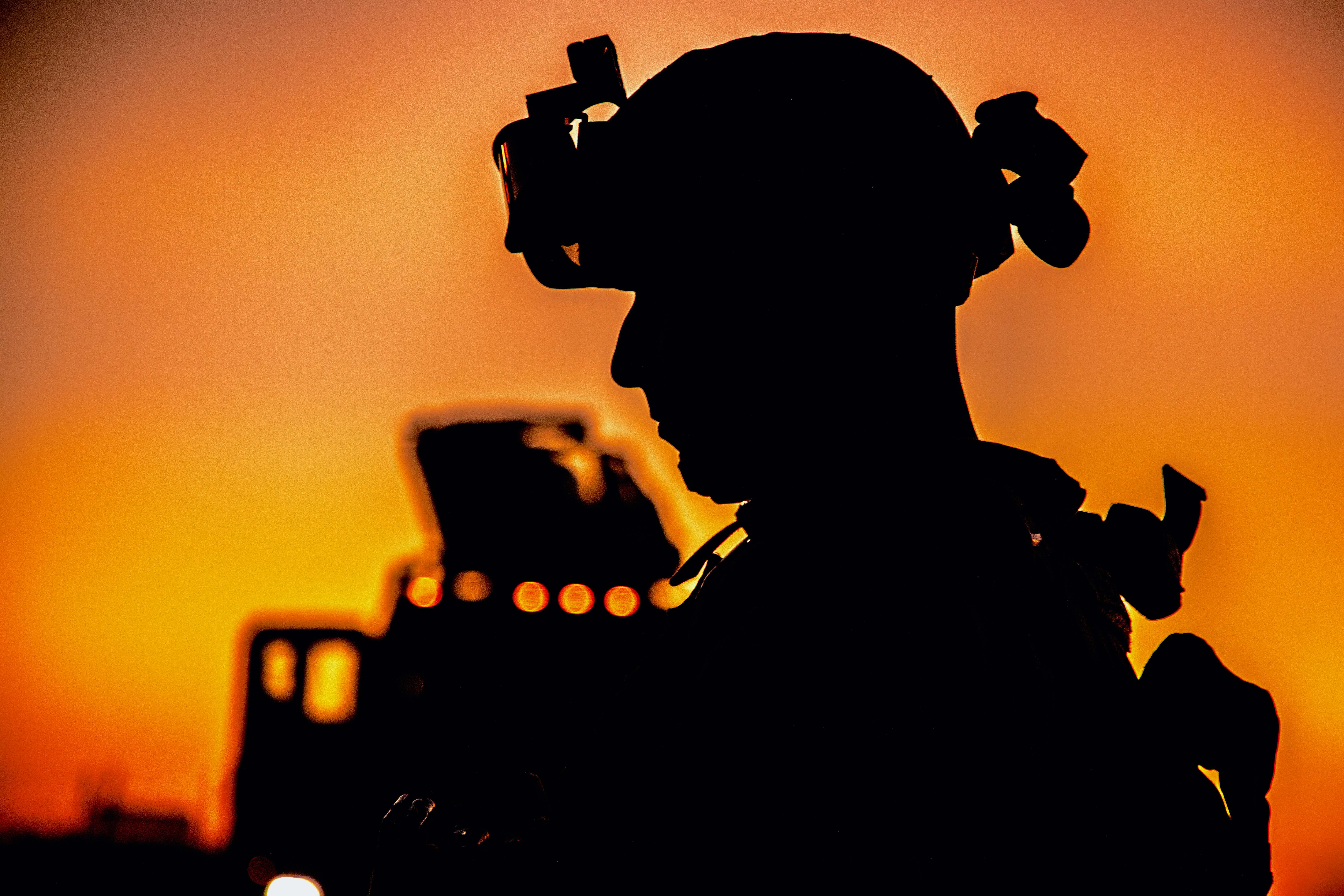
This post is part of a series of review stories looking back at the top naval news from 2019.
The Marine Corps put into practice the concepts it has been writing and wargaming in recent years, showing what its Expeditionary Advance Base Operations (EABO) might look like in a modern-day island-hopping campaign.
The service practiced this concept with today’s gear, with an eye towards what gear it could add-in in the near-term – but ongoing budget challenges, including paying for damage to Camp Lejeune from 2018’s Hurricane Florence and cleaning up from 2019’s storm season, complicate the effort to invest heavily in future platforms and weapons.
Testing Tomorrow’s Concepts with Today’s Gear
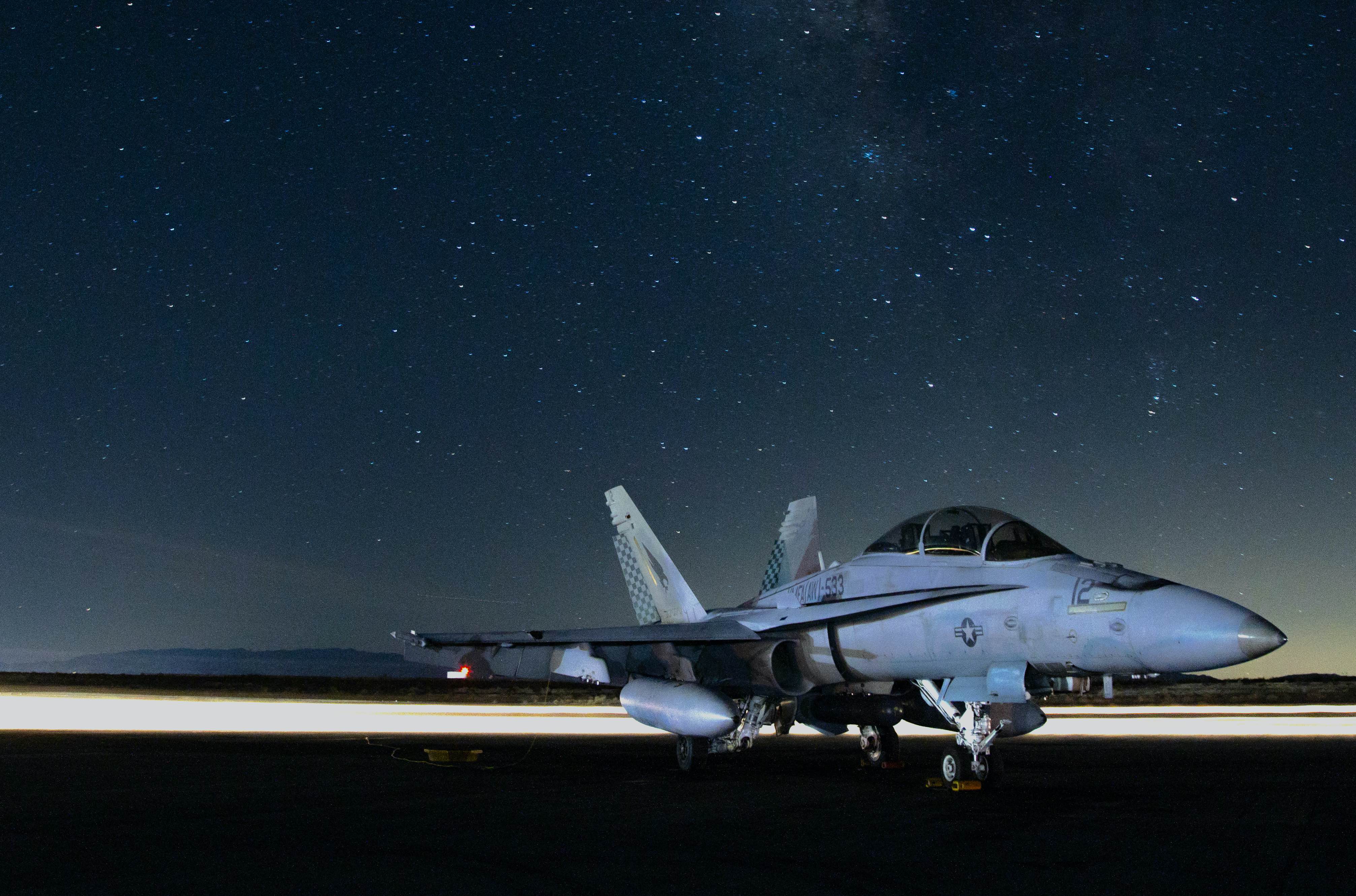
After making its combat debut in 2018, the Marines’ F-35B Joint Strike Fighter had another great year in 2019, highlighting what future Marine Corps operations over land and at sea could look like.
“It’s got the short-takeoff capability of the Harrier, the speed and payload of a (F/A-18) Hornet, and it’s got the forcible entry options that stealth technologies give us,” 13th Marine Expeditionary Unit commanding officer Col. Chandler Nelms told UNSI News shortly before returning home with the Essex Amphibious Ready Group from the first U.S.-based ARG deployment with the F-35B.
“Because of its air-to-air capability and its sensors for air-to-ground capabilities, it also provides a new dynamic for the ARG commander, for the commodore, while we’re out conducting blue-water operations or littoral operations or defending the ARG.”
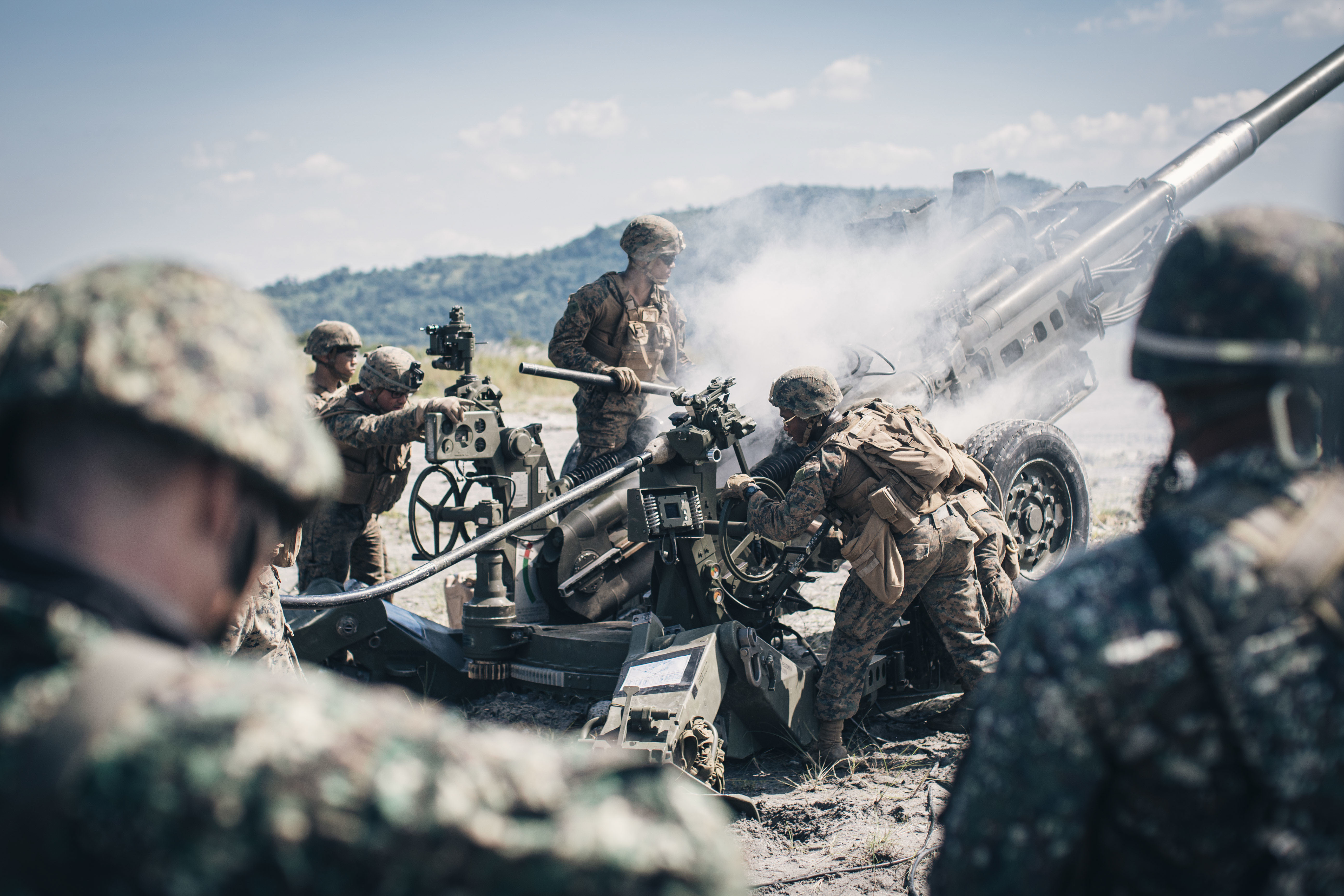
“[It] increases battlespace awareness with data fusion and the ability to share information with the ships and the ships’ combat control system,” Capt. Gerald Olin, Amphibious Squadron 1 commander and Essex ARG/MEU commodore, added.
“So it’s really an extension of our sensors, and it also brings to the table a greater increased lethality than what we had with previous generation aircraft.”
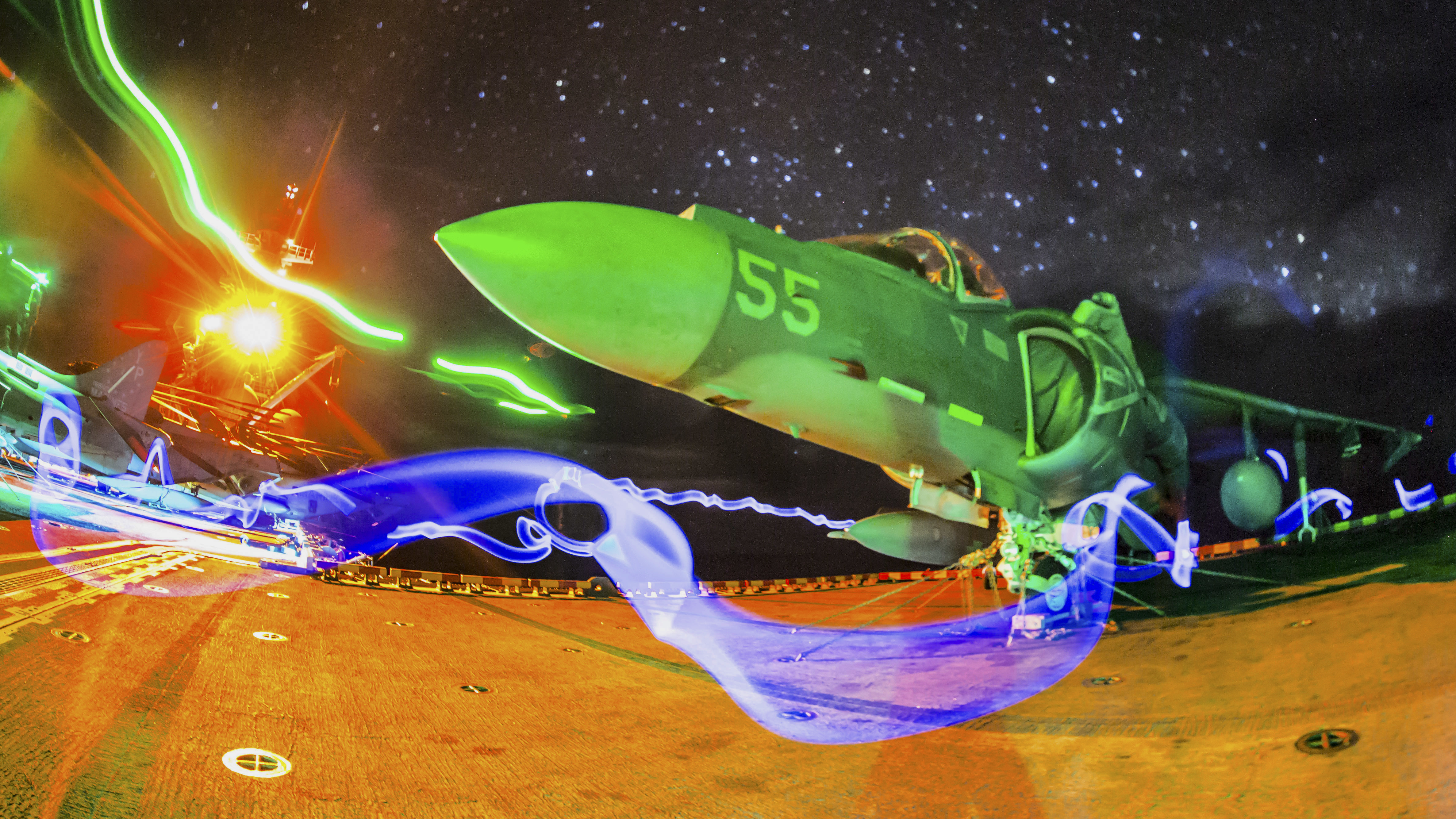
Nelms later told USNI News that the aircraft – in coordination with U.S. destroyers and allied surface combatants in the Middle East – were able to take on self-protection missions and maintain air control and situational awareness in a way that a traditional ARG/MEU couldn’t do in the past with older planes.
“We self-supported ourselves on this deployment with combat air patrols,” Nelms said, and the F-35Bs – while not an intelligence, surveillance and reconnaissance (ISR) plane – could also use their sensors to provide “non-traditional ISR) for the ARG/MEU team.
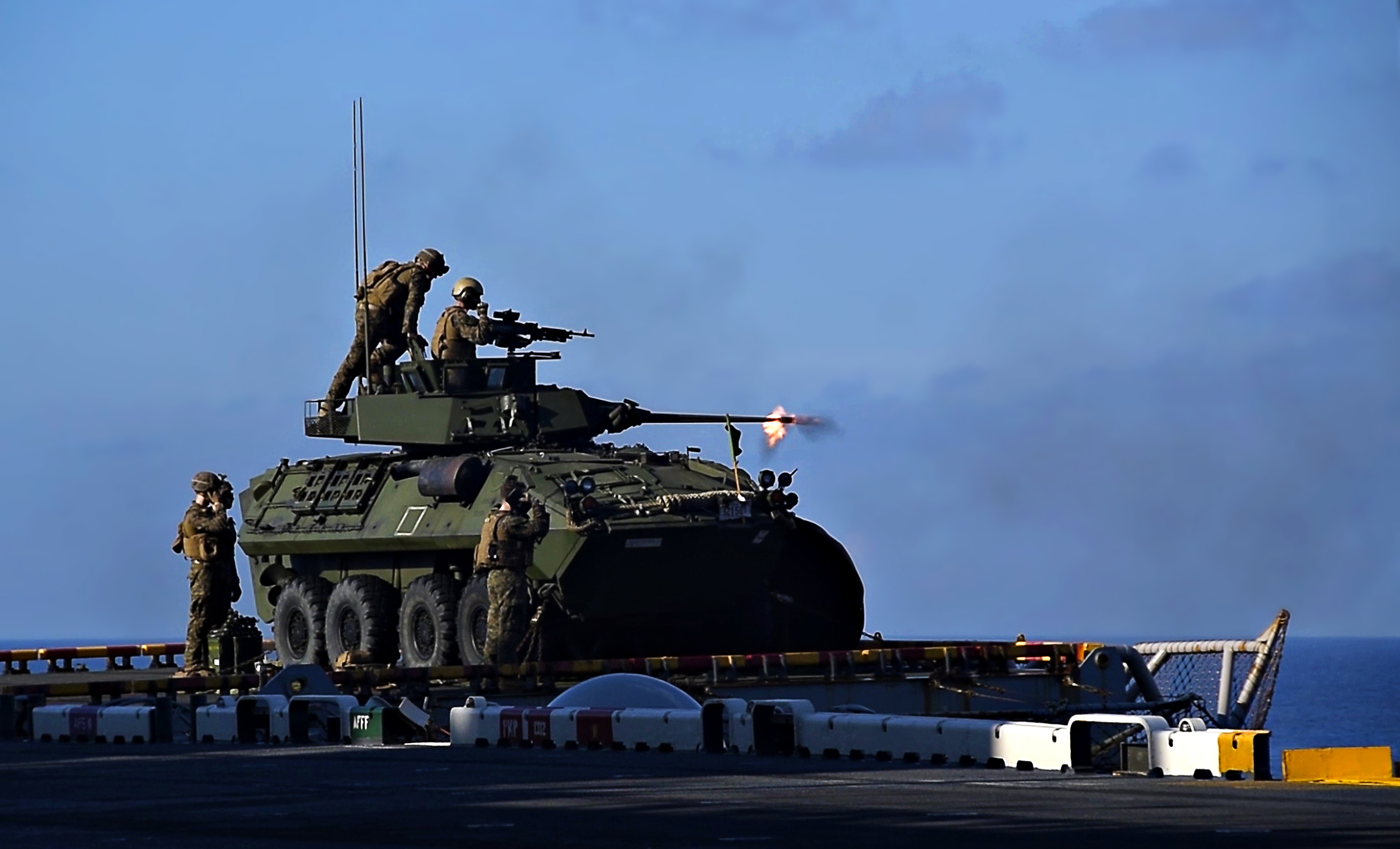
The jets flew more than 1,200 flight hours over 50 days of combat in U.S. 5th Fleet alone, and they helped create decision space as the Trump Administration figured out what its pullout from Syria would look like.
With this first U.S.-based deployment to the Middle East behind it, the service turned its attention to how the F-35B could contribute to a high-end Pacific fight against China, which new Marine Corps Commandant Gen. David Berger called the pacing threat the U.S. Marine Corps needed to prepare for. The Japan-basd 31st Marine Expeditionary Unit used its F-35Bs from Marine Fighter Attack Squadron 121 to rehearse using the jets as a fifth-generation stealth platform, a bomb truck and an intelligence and targeting platform.
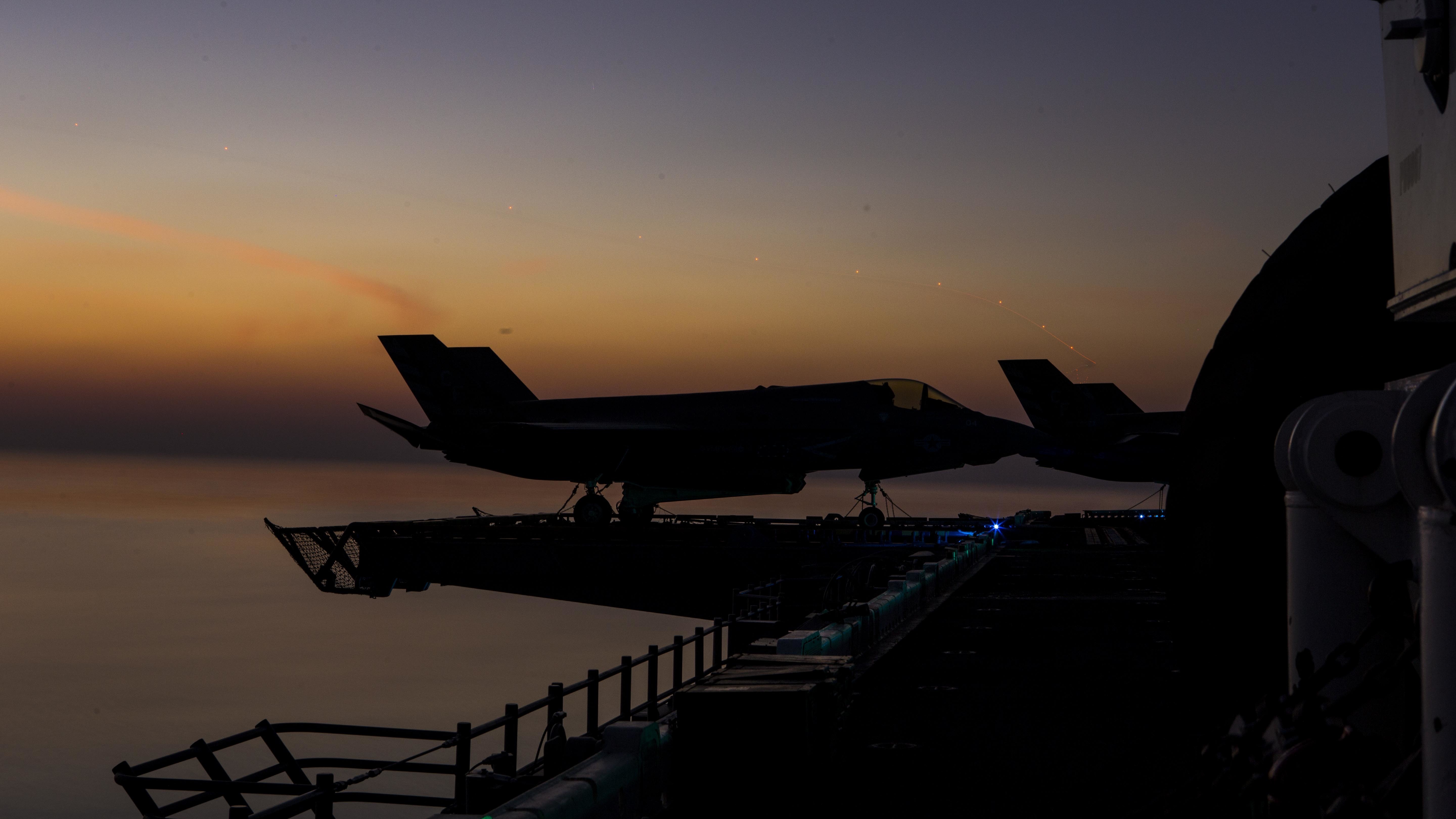
In perhaps the most extensive demonstration of the EABO concept to date, the Marines conducted a series of raids, forward-refuelings and other expeditionary missions that would come into play in a Pacific fight that involved taking a small piece of land, using it to establish temporary sea or air control, and then moving on to another location. In one portion of the event, the Marines simulated pushing forces ashore via combat rubber raiding craft to seize a beach, sending in follow-on forces with a HIMARS rocket launcher, and using data from F-35Bs overhead to guide the HIMARS attacks, “demonstrating the capability for long-range precision fire support during expeditionary operations.”
Later in the year, the Marines demonstrated a “Lightning Carrier” concept with 13 F-35Bs on USS America (LHA-6), as opposed to a normal loadout of one six-jet squadron. Command of and communication with those jets were passed between multiple ships during the event, a capability that could prove pivotal in the vast Pacific and with amphibious transport docks (LPDs) that have sophisticated command and control suites.
Two of the Navy’s amphibious assault ships – America and sister ship USS Tripoli (LHA-7) – are aviation-enhanced, with more space for aircraft maintenance and parts-storage and larger jet fuel tanks to support such operations, and America took the opportunity to flex this muscle while at sea en route to its new homeport in Japan.
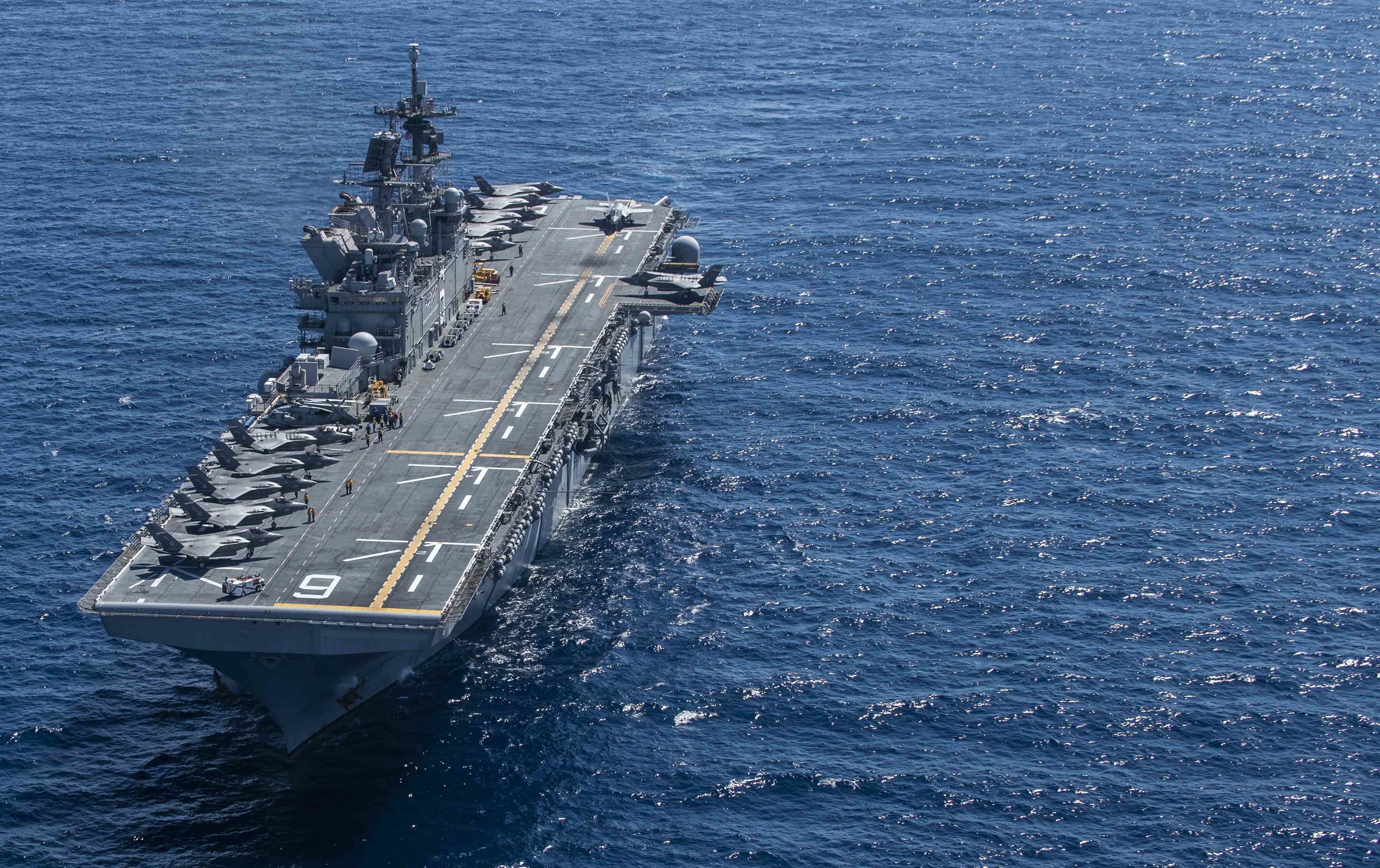
Despite the success the F-35Bs were having at sea, the Marine Corps and Navy decided to somewhat slow F-35B procurement and speed up the Marines’ F-35C procurement. This decision would allow the Marines to apply their expertise with the platform to helping get F-35C carrier deployments up and running. The Marines had always planned to operate both variants, to participate in both ARG/MEU and carrier strike group operations at sea. The Navy plans to conduct its first F-35C deployment in 2021 with Strike Fighter Squadron (VFA) 147 and the Carl Vinson Carrier Strike Group. Marine Fighter Attack Squadron (VMFA) 314 is the second squadron to transition to the F-35C and will likely be the second to deploy.
Outside of the F-35, the Marines got a taste of future warfare when USS Boxer (LHD-4) was threatened by an Iranian drone upon entering the Persian Gulf. The Marines onboard used their Marine Air Defense Integrated System (MADIS) system to down the drone, defending the ship and the sailors and Marines aboard in a jamming engagement that cost just a couple dollars’ worth of power.
Readiness Challenges
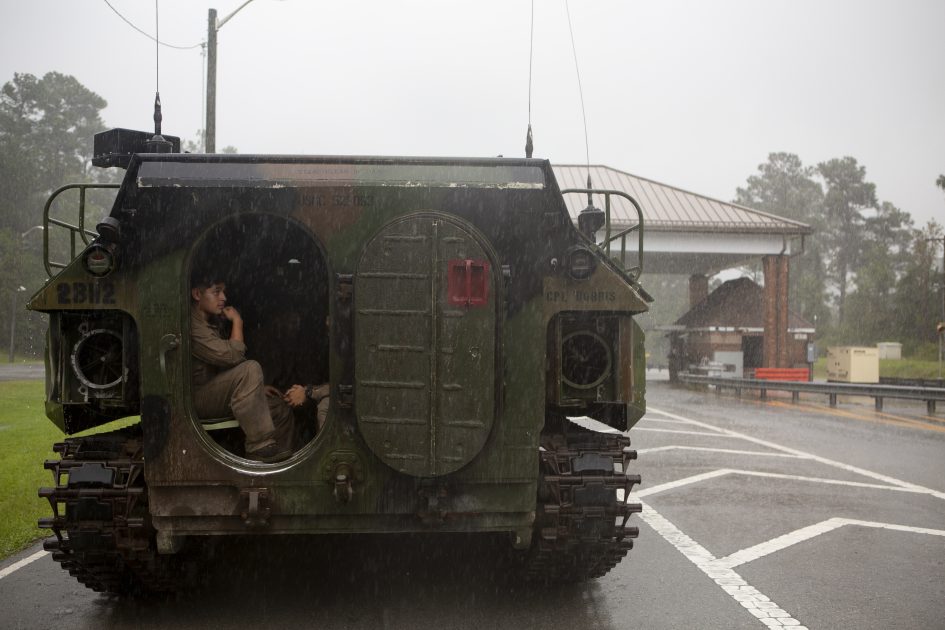
Though the Marines were mostly forward-looking in 2019, storm damage from 2018 continued to wreak havoc on budgeting efforts.
Then-Commandant Gen. Robert Neller told USNI News the service needed $3.5 billion to repair its main East Coast hub, Camp Lejeune, which was devastated by Hurricane Florence in late 2018. Efforts to get the money were hampered by President Donald Trump taking military construction funds to pay for his border barrier, and the fight over MILCON spending spilled into Fiscal Year 2020 and 2021 negotiations on the Hill.
Lejeune was again hit in 2019 by Hurricane Dorian, exacerbating the need to replace older buildings on the base that are more susceptible to water- and wind-damage.





